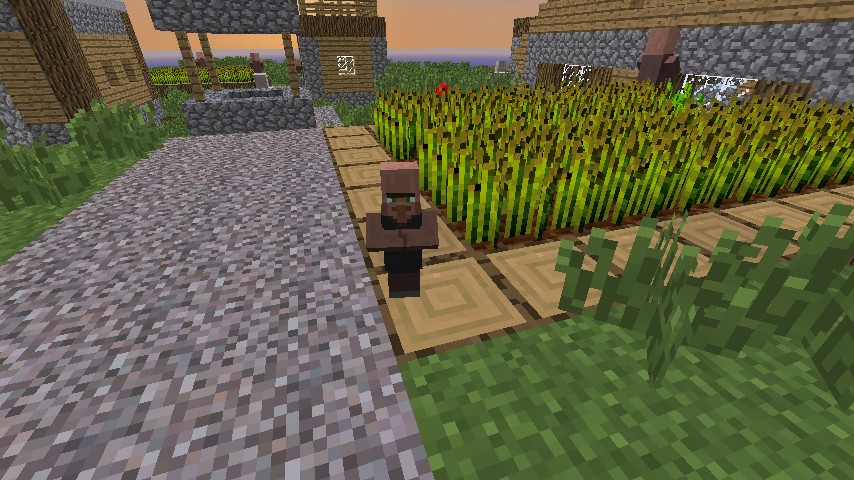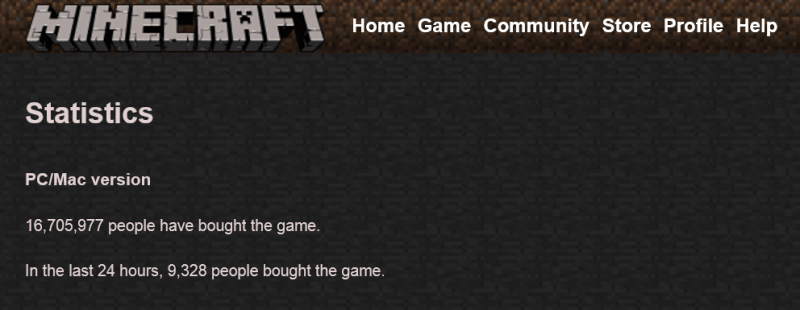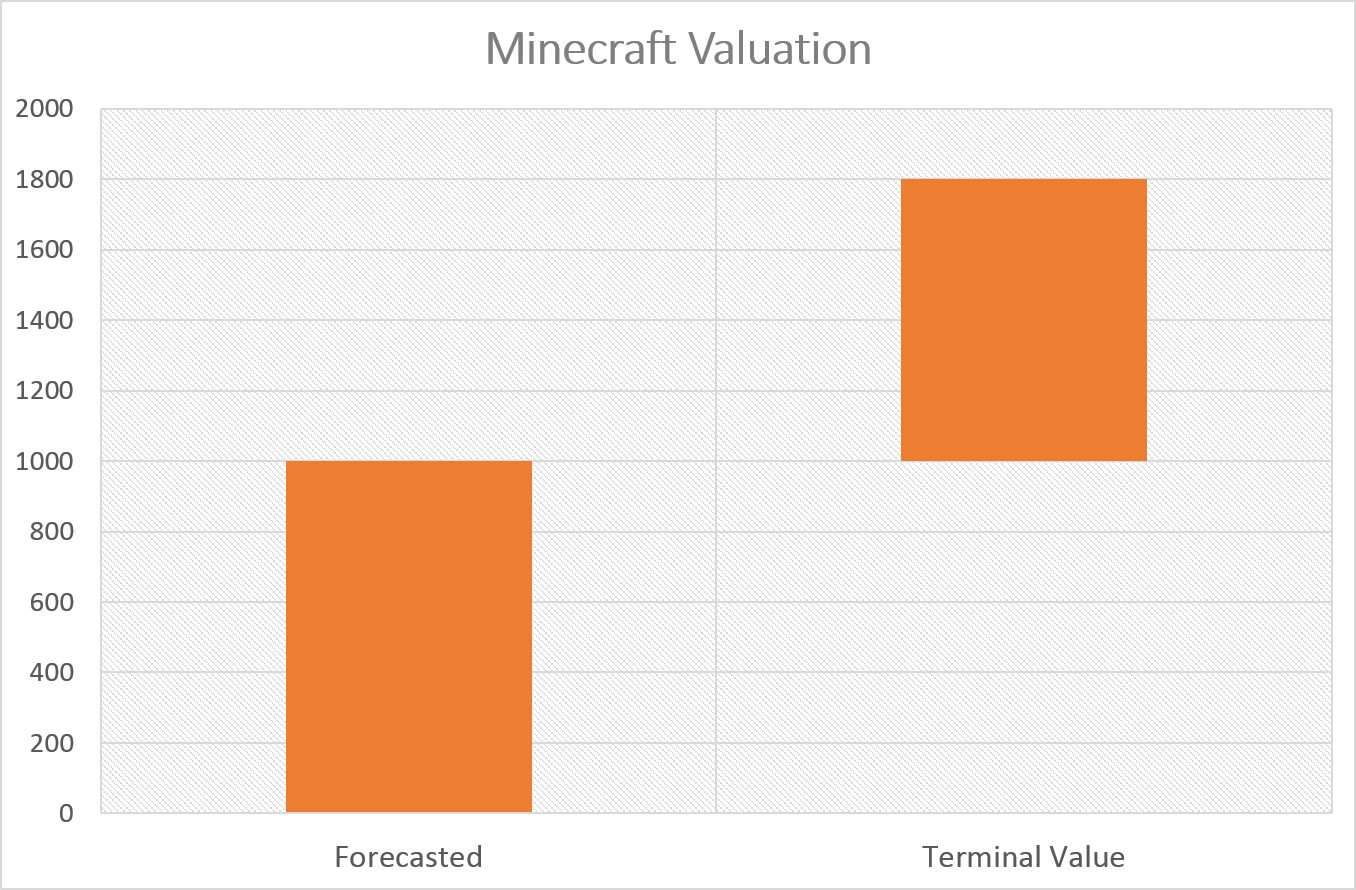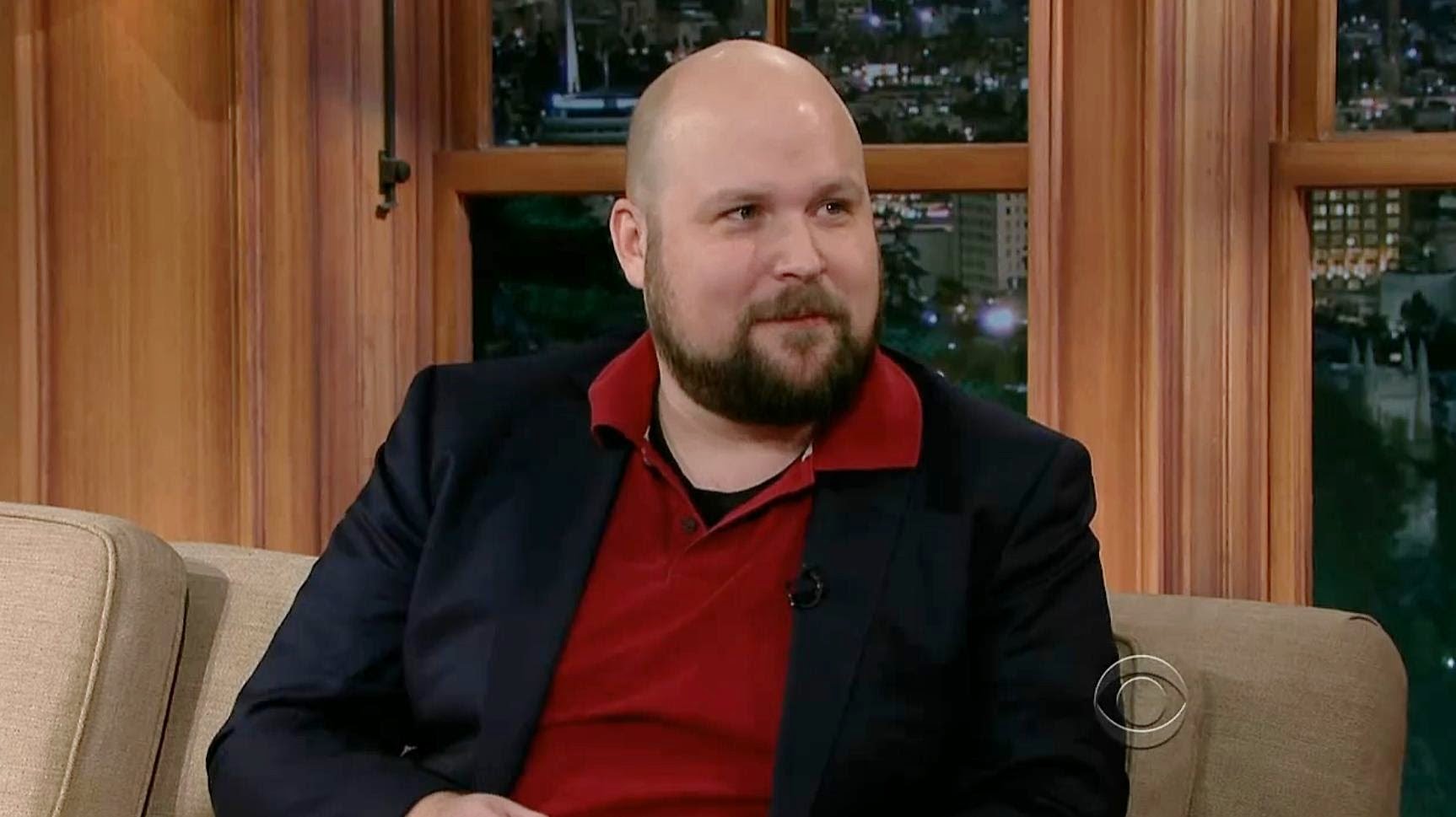Earlier this week it was confirmed that Microsoft is acquiring Minecraft maker Mojang for $2.5 billion. I've got mixed feelings about the transaction.
The strategic benefits are questionable and financially, Minecraft is worth maybe $1.8 billion --- a valuation which assumes a sequel is as commercially successful as the original, and which assumes the intellectual property rights founder Markus Persson took out of Mojang are part of the transaction.
A $1.8 billion valuation leaves $700 million that new revenue streams like additional merchandising, a successful movie, etc. are unlikely to cover.
The best possible explanation might be that Microsoft is using its foreign cash reserves to pay for the acquisition --- money that would be difficult for Microsoft to use domestically for tax reasons.

The press is speculating that Microsoft is acquiring Minecraft so it can "tap into a cultural phenomenon" and entice players to Microsoft's platforms.
Jeffrey Yuwono is CEO and co-founder of Feecha, a hyperlocal news app for neighbourhoods. A Stanford MBA and Duke undergrad, Jeff writes insightful observations about technology once a day on his blog The Cornerplay and now on this weekly column on TechSpot.
I don't buy either explanation.
Xbox is already a cultural phenomenon, as is Halo and Skype. Microsoft doesn't need another property to create brand awareness. Moreover, Minecraft is like Angry Birds and Candy Crush Saga --- still popular, still recognizable, but past the point of explosive growth. Microsoft would be buying an asset on the downward slope of the hype cycle.
The only way such a high purchase price makes sense is a sequel. The graphics in the first Minecraft are quite basic, so as long as Microsoft can retain the charm and gameplay of the first, I can see existing users upgrading for a better visual experience.

Microsoft claims 90% of all paid customers have played Minecraft in the past year --- that's an impressive statistic.
But even with a successful sequel, the math only gets us partly there. $1.8 billion to be exact.
OK, not exact. We're missing too much information for a valuation to be anything but a high level estimate; but let's utilize public data and what I remember from my days in banking and consulting to see what we can come up with.
We make the following assumptions:
Mojang will sell 13 million units in 2014. This figure is based on PC sales over the last 24 hours as representative for the year (upside: holiday sales; downside: accelerated saturation) and a similar mix of PC to total sales in 2013. This represents a 23% decline versus the 17 million units sold in 2013.

We forecast sales will decline another 23% in 2015 to 10 million units.
Minecraft 2 launches in 2016 and does as well as the original: 54 million copies to date plus 23 million over the next two years for a total 77 million units.
Now that we have sales, we need price. According to the Wall Street Journal, 41% of Minecraft's revenue is from PC at $27; 32% from consoles at $20; and 27% from mobile at $7. The resulting weighted price is $19. We assume this stays constant (upside: up-selling and cross-selling; downside: higher mobile share).
| Share | Price | Weighted | |
| PC | 41% | 27 | 11 |
| Console | 32% | 20 | 6 |
| Mobile | 27% | 7 | 2 |
| Total | 100% | 19 |
We also assume a 10% discount rate, 50% revenue to equity cash flow and growth equal to inflation in the terminal value. 50% sounds like a lot, but reasonable given Minecraft's mammoth 79% profit margin.
Every investment bank puts in at least 5% synergy in their M&A models, so we follow suit here. Revenue can benefit from Microsoft's more expansive distribution channels and redundant costs can be eliminated.
Given these, we calculate a net present value of $1.8 billion. $1 billion over the projected period and $800 million for the terminal value.

That seems about right to me.
To double check, we turn to market multiples.
Technically, Mojang only produced $128 million of profit, but it also paid $129 million to Persson's company to license the intellectual property rights he carved out of Mojang. This is a technique to ensure the founder gets paid before shareholders do, but it's also not usually a real operational cost.
If Microsoft gets these rights in the acquisition --- and thus no further payouts --- Mojang's true profit is closer to $257 million. Probably a good assumption given Mojang's founders are all leaving.

A convenient comparable to Mojang is King, the public company behind Candy Crush Saga. King has a market value of $4.1 billion and earnings of $568 million for a P/E of 7.3. Multiply that with Mojang's earnings to get a $1.9 billion valuation.
Another comparable is Supercell, the company behind Clash of Clans. Softbank recently acquired Supercell for $3.0 billion. Given earnings of $464 million, applying Supercell's P/E of 6.5 to Mojang's earnings results in a $1.7 billion valuation.
| Revenue ($ m) | Profit ($ m) | Margin | Market Value ($ m) | P/E | Mojang Value ($ m) | |
| King | 1,884 | 568 | 30% | 4,140 | 7.3 | 1,873 |
| Supercell | 892 | 464 | 52% | 3,000 | 6.5 | 1,662 |
| Mojang | 325 | 257 | 79% | 2,500 | 9.7 | 2,500 |
Projecting equity cash flows gets us a valuation of $1.8 billion. Using P/E multiples from Supercell and King gets us $1.7 to $1.9 billion. Not bad, the two methods match!
Without seeing a balance sheet, it's hard to feel too confident but $1.8 billion seems directionally correct.
So how does Microsoft expect to make up the $700 million difference? Do they believe they can sell that many more copies under the Microsoft banner? According to our financial model, Mojang will need to sell 160 million copies of Minecraft 2 at a weighted price of $19 from 2016 to 2018 to justify a $2.5 billion valuation. That's more than double what the original will sell in its lifetime. Unlikely.
Perhaps Microsoft intends to leverage Minecraft's young user base to cross-sell Microsoft products? Get them early kind of thing? Even then, it's a stretch.
Microsoft simply paid too much.
